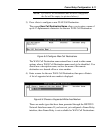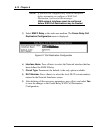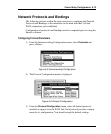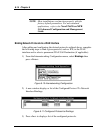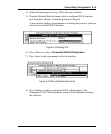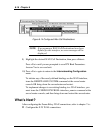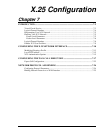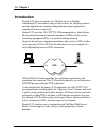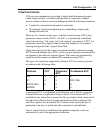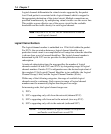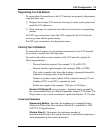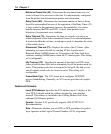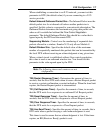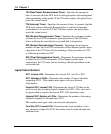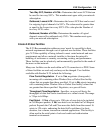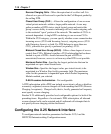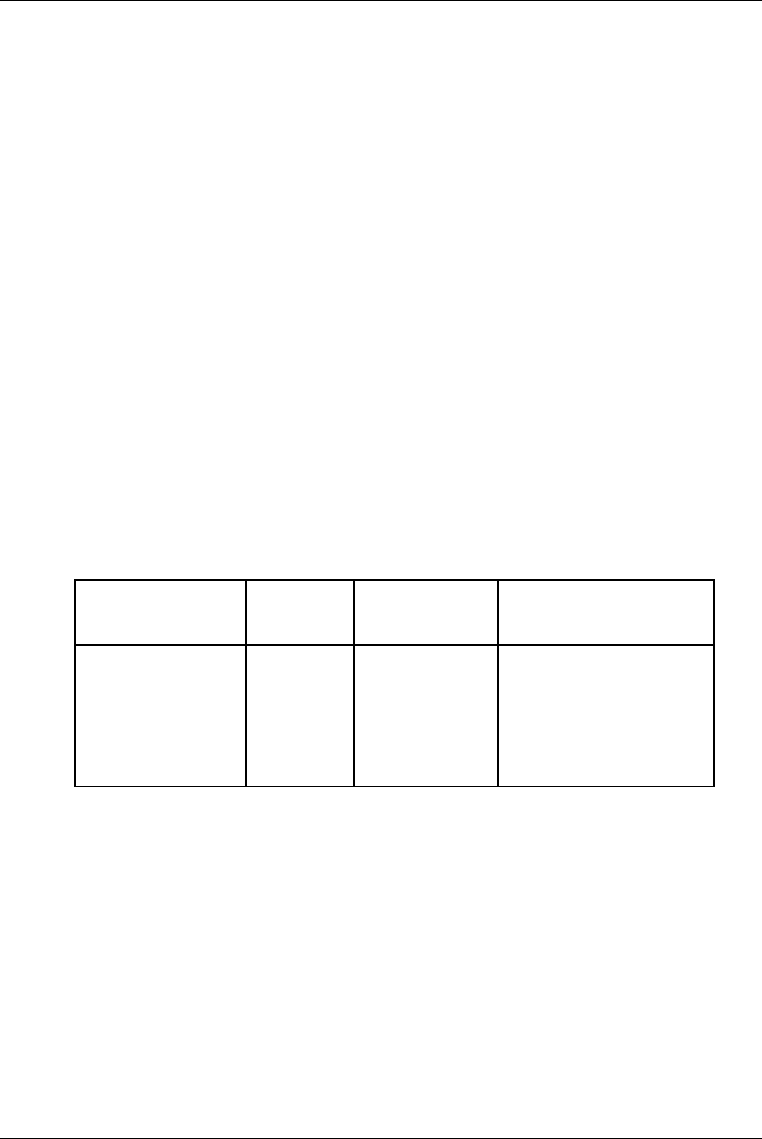
X.25 Configuration 7-3
Virtual Circuit Service
X.25 uses two mechanisms, providing a logical path between end points,
called virtual circuits. A virtual circuit provides a connection-oriented
service, similar to that of circuit switching but with the following exceptions:
• Limited to a connection between two end points.
• Economical statistical multiplexing for establishing a logical path
through the network.
There are two virtual circuits types: switched virtual circuits (SVCs) and
permanent virtual circuits (PVCs). An SVC is a dynamically established
virtual circuit using “call setup” and “call clearing” procedures. A PVC is a
permanent, network-assigned virtual circuit that requires no call setup or
clearing and operates like a logical leased line.
Using mixed protocols, the router can maintain multiple connections using
SVCs between multiple sites. SVCs can be set up to operate automatically or
on demand as data and call requests dictate. The router can automatically
establish and disconnect on-demand IP connections using SVCs.
The types of connections supported by Emulex X.25 for various protocols
are shown in the following table.
Protocol PVC Permanent
SVC
On-Demand SVC
IPX X X X
IP X X RFC 1356
APPLETALK X X X
BRIDGE X X
A permanent SVC is established at initialization and is left in a connected
state until the user or application brings it down. An on-demand SVC is
established only when data is present for the associated virtual circuit and is
brought down after the data has been transmitted and the configured idle
timer has expired. An on-demand SVC remains down until more data is
queued up to be sent, at which time the connection is reestablished.
Once a virtual circuit is established, data packets using this circuit are
automatically sent to the appropriate destination



